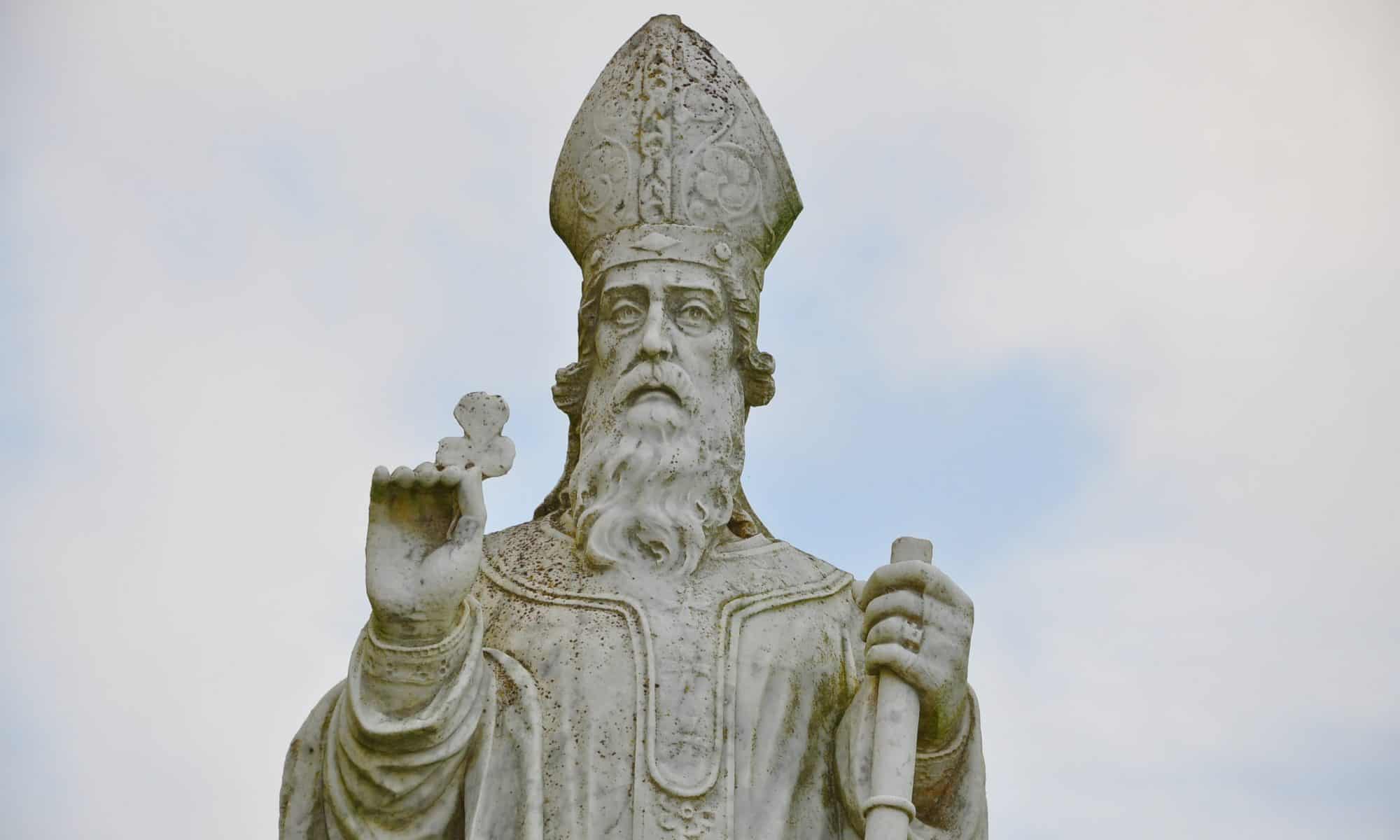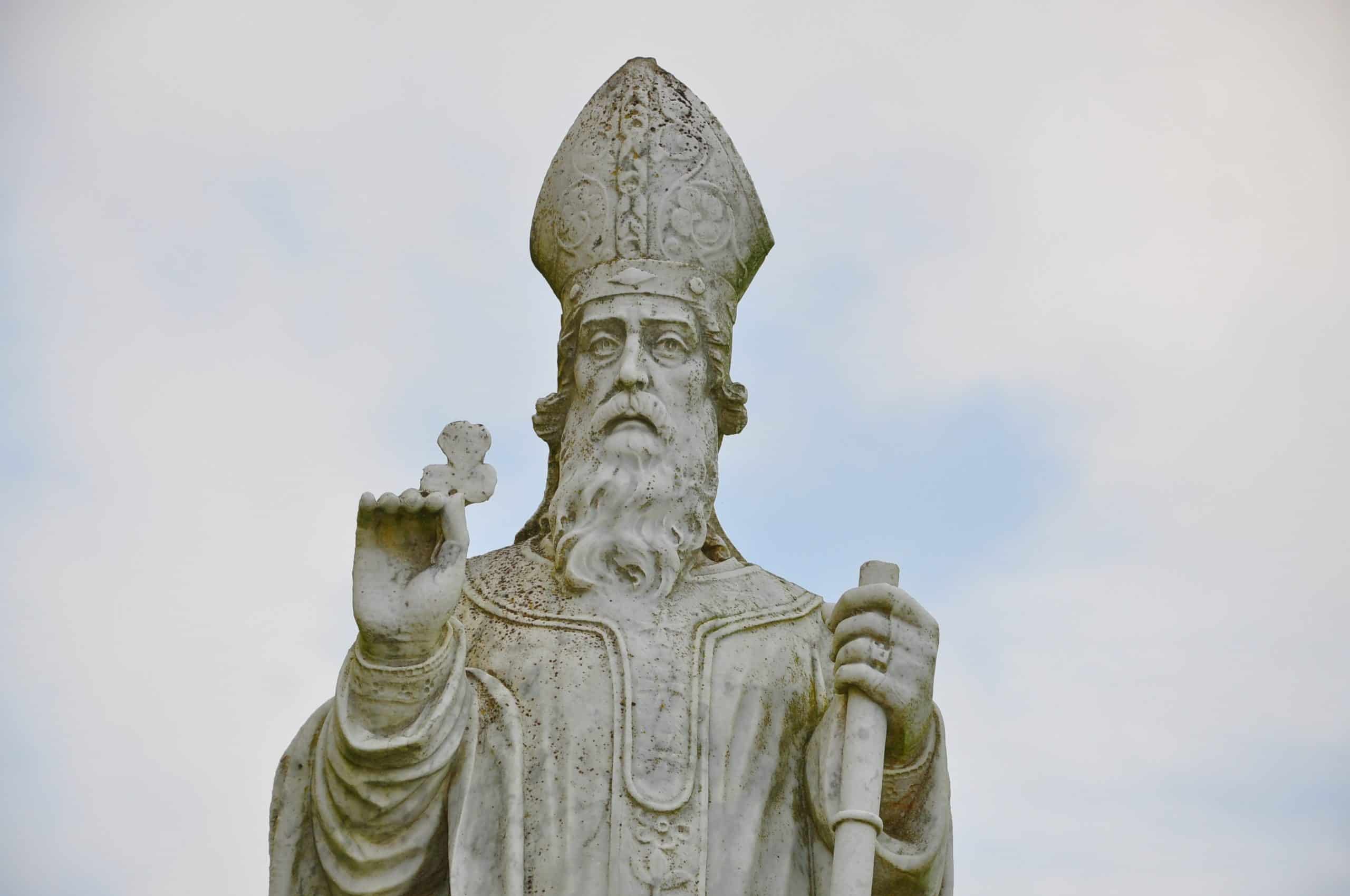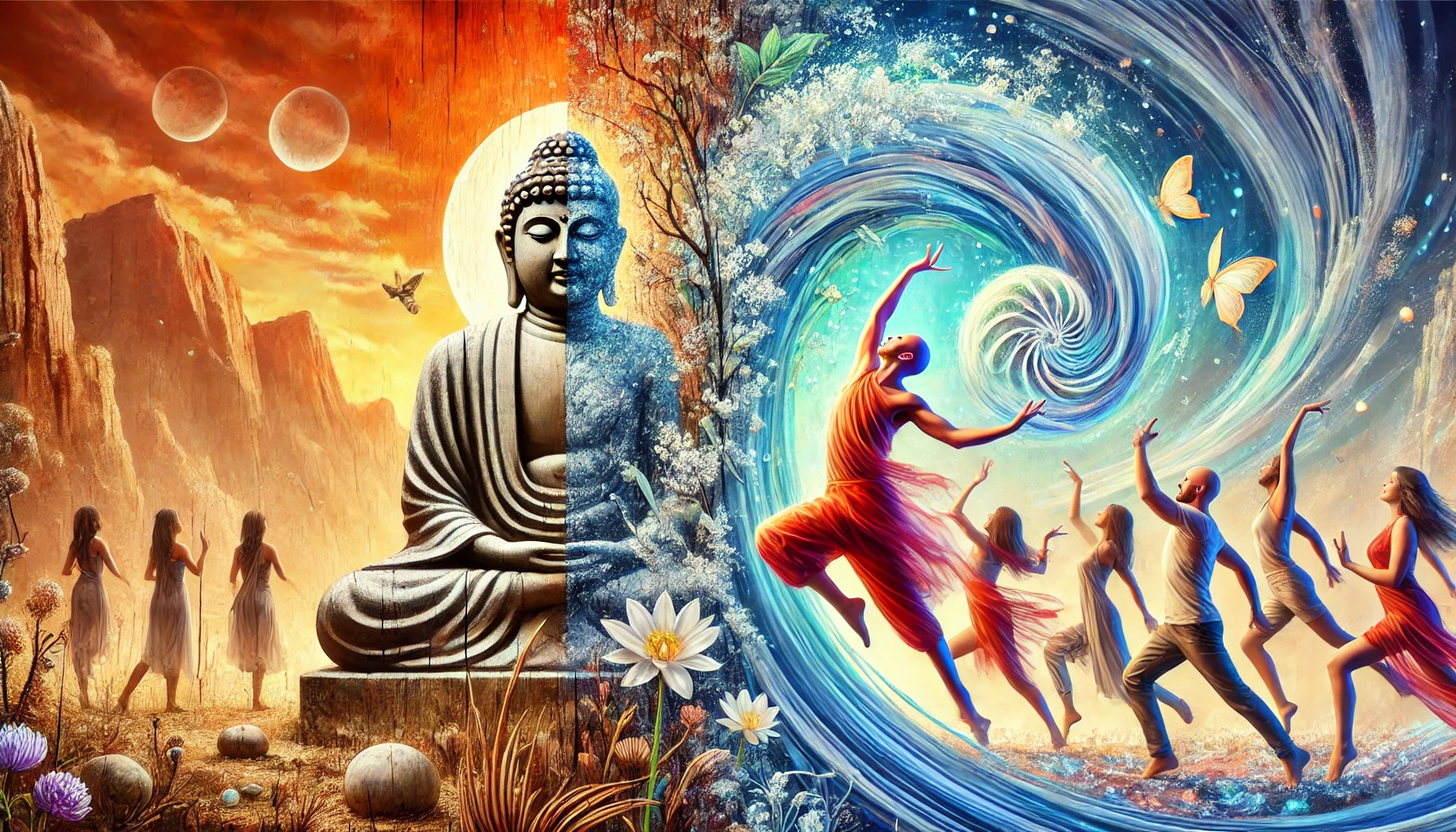
Forget Buddha, Unleash Your Inner Badass: Osho’s Manifesto for Authentic Living
Osho, the notorious spiritual renegade, wasn’t interested in mass-producing enlightened beings. He loathed the guru bandwagon and the spiritual industrial complex, recognizing it for the soul-sucking sham it was. Instead, he championed a radical approach to spirituality:
Be 1000% yourself, no apologies, no compromises.
This wasn’t about achieving some lofty, unattainable state of nirvana. It was about embracing your raw, unfiltered humanity – the good, the bad, and the downright ugly.
Osho’s unique thing was akin to “Hey, it’s time to live fully and have a fucking great time. This will give you a deeper understanding of the nature of existing as a form in a reality. So, get to it!”
He would have been like “If you kinda want to do a puja, but if you REALLY want to suck a dick – then suck a dick. Without embracing then getting past the dicksucking, you’ll never be fully present when you finally get to the puja. #fuckdogma”
Forget Buddha, Be a Badass: Osho’s Uncensored Guide to Authentic Living
Osho, the notorious spiritual rebel, wasn’t about following the well-trodden path to enlightenment. He wasn’t interested in creating a legion of cookie-cutter Buddhas. Instead, he advocated for a radical form of self-expression, a full-throated embrace of our passions and desires, unfiltered and unashamed.
Ditch the Guru Bandwagon
In today’s world, we’re bombarded with self-help gurus and spiritual snake oil salesmen promising to lead us to nirvana. But Osho would scoff at such nonsense. He believed that true spirituality isn’t about blindly following someone else’s teachings; it’s about discovering your own unique path, even if it means going against the grain.
Embrace Your Inner Wild Child
Osho urged us to tap into our primal instincts, to unleash our inner wild child. He encouraged us to dance, sing, laugh, and love with abandon, to express our creativity and sexuality without shame or guilt. This wasn’t about hedonism for the sake of pleasure; it was about reclaiming our authentic selves, unburdened by societal expectations and religious dogma.
The Art of Being 1000% Yourself
Being 1000% yourself, according to Osho, means embracing your flaws and imperfections, your quirks and eccentricities. It means celebrating your individuality, even if it makes you stand out from the crowd. It means living life on your own terms, refusing to conform to the expectations of others.
Political Correctness is for Cowards
Osho had no patience for political correctness. He saw it as a form of self-censorship, a way of stifling honest expression and genuine dialogue. He believed that true spirituality requires us to confront uncomfortable truths, to challenge our assumptions, and to engage in open and honest communication, even if it ruffles a few feathers.
The Osho Way
The Osho way isn’t for the faint of heart. It requires courage, self-awareness, and a willingness to embrace the messy, unpredictable nature of life. It’s about living authentically, passionately, and unapologetically. It’s about being 1000% yourself, not a watered-down version of someone else’s ideal.
So, forget about trying to be a Buddha. Embrace your inner badass, unleash your passions, and live life on your own terms. As Osho would say, “Be realistic: Plan for a miracle.”
The Illusion of Enlightenment
Enlightenment, the holy grail of spiritual seekers, is often portrayed as a state of blissful serenity and detachment. But Osho calls bullshit on this romanticized notion. He argues that true enlightenment isn’t about transcending the world but embracing it in all its messy glory. It’s about diving headfirst into the chaos of existence, confronting your demons, and experiencing the full spectrum of human emotions, from ecstasy to agony.
Embrace Your Inner Darkness
We’re taught to suppress our anger, lust, greed, and envy, to hide our shadow side from the world. But Osho says that’s a recipe for spiritual stagnation. He urges us to confront our inner darkness, to acknowledge and accept our flaws and imperfections. By doing so, we integrate our shadow self and tap into our full potential.
The Death of the Ego
The ego, the source of our self-importance and insecurity, is the biggest obstacle to enlightenment. Osho teaches that we must kill the ego, not through self-denial or asceticism, but through radical self-acceptance. By recognizing the ego as a construct, a fiction we’ve created, we can free ourselves from its grip and experience the true essence of our being.
The Art of Rebellion
Osho was a notorious rebel, a spiritual anarchist who challenged societal norms and religious dogma. He believed that true spirituality requires us to question everything, to break free from the chains of conformity, and to forge our own unique path. This isn’t about mindless rebellion for the sake of it; it’s about a conscious choice to live authentically, even if it means going against the grain.
Osho’s Gritty Realness
The Sex Guru: Osho was dubbed the “sex guru” for his controversial teachings on sexuality. He believed that sexual energy is a powerful force for spiritual transformation, not something to be repressed or shamed. He encouraged his followers to explore their sexuality openly and honestly, to break free from societal taboos and embrace their primal instincts.
The Drug Experiment: Osho experimented with psychedelic drugs as a tool for spiritual exploration. He believed that these substances could help people break down their psychological barriers and experience altered states of consciousness,leading to profound insights and personal growth.
The Rajneeshpuram Controversy: Osho’s commune in Oregon, Rajneeshpuram,was a hotbed of controversy. His followers were accused of everything from bioterrorism to attempted murder. While Osho himself was never directly implicated in any crimes, the scandal tarnished his reputation and led to his deportation from the United States.
The Takeaway
Osho’s teachings are not for the faint of heart. They challenge our deepest beliefs, our most cherished values, and our most comfortable assumptions. But for those who are willing to embrace the grit and the realness, the rewards are immeasurable. By shedding our illusions, confronting our darkness, and embracing our rebellious spirit, we can awaken to a life of authentic freedom and joy.
So, are you ready to take the red pill and dive into the rabbit hole of Osho’s radical wisdom? Are you ready to shed your skin, burn your masks, and become the illuminated being you were born to be? The choice is yours.
A Beacon of Hope, Inspiration, and Intuition
In a world that often feels chaotic and overwhelming, I’m here to offer you a transformative, authentic experience, providing clarity, guidance, and validation on life’s many twists and turns. My readings are not mere predictions, but profound explorations of your soul’s journey throughout spacetime. Working with me as your coach or psychic, you’ll uncover hidden potentials, unhealed wounds, and the underlying patterns that currently shape your life. Together, we’ll break through all of it to find your most illuminated, most awakened, most empowered, core, authentic Self.
In the meantime, you’ll love The Shankara Oracle. It’ll get you started until we meet.
Get The Shankara Oracle and dramatically improve your perspective, relationships, authentic Self, and life.







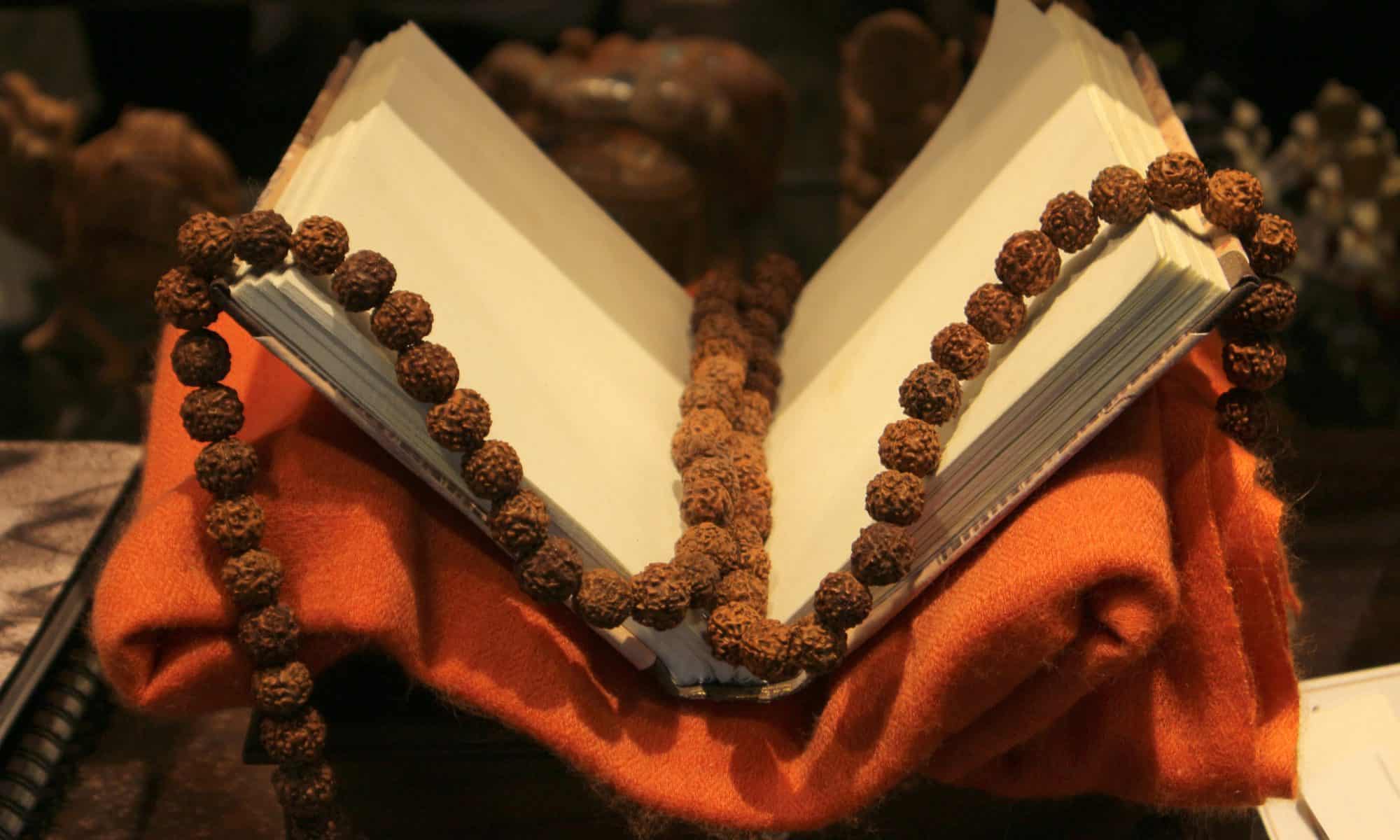

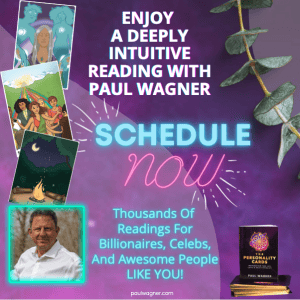

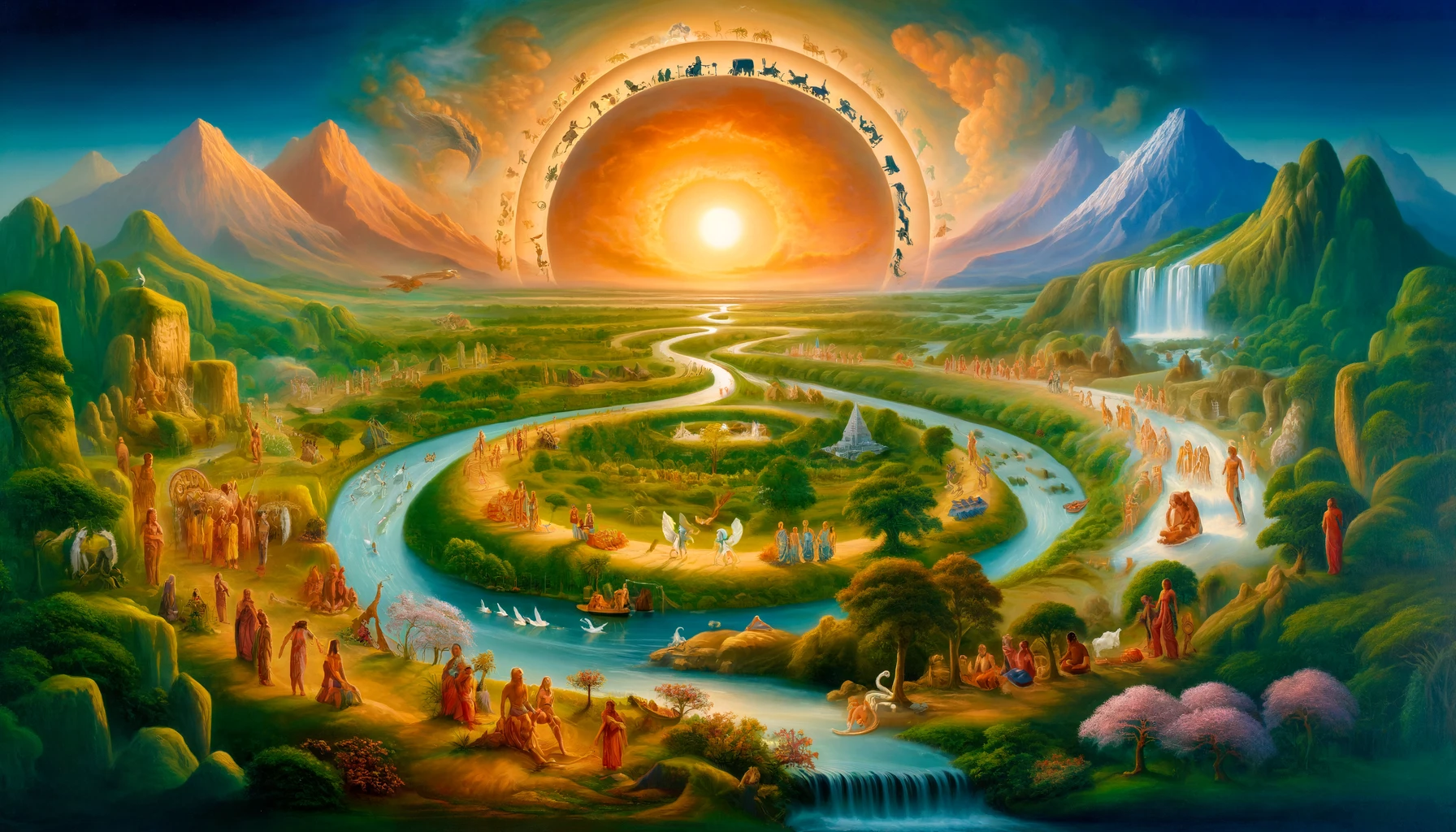
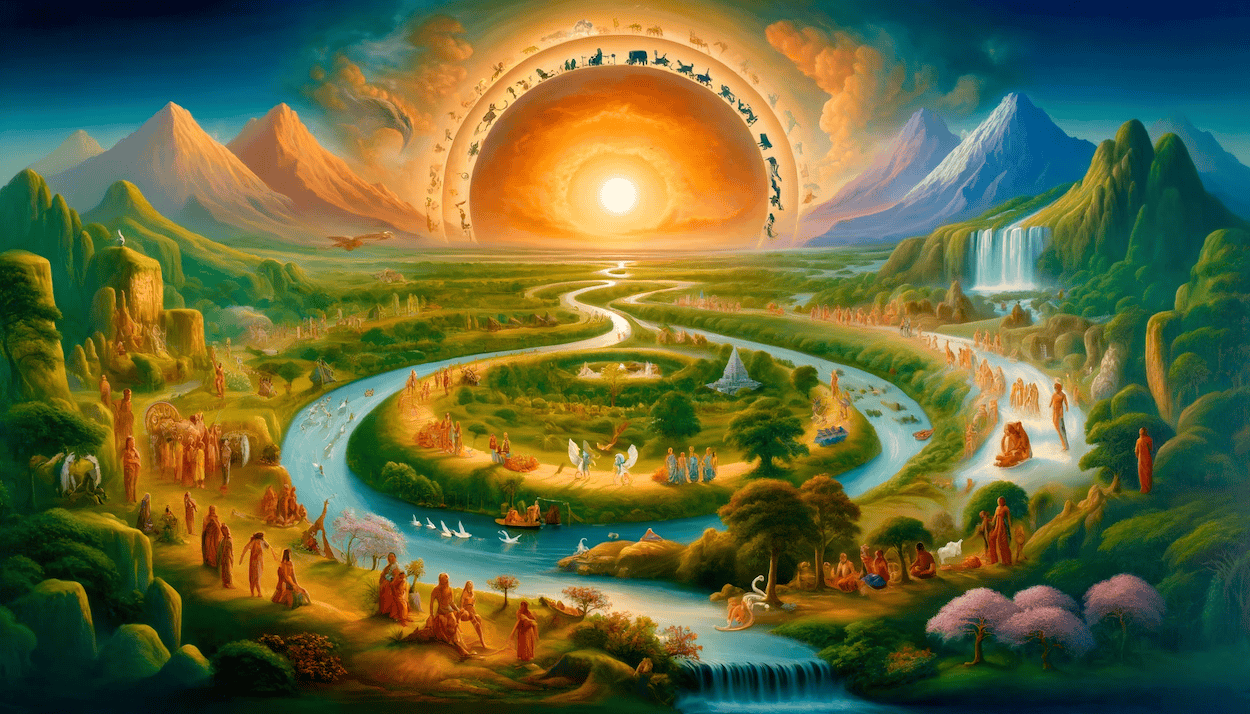 What Is Thought And How Does It Connect To Reincarnation?
What Is Thought And How Does It Connect To Reincarnation?

